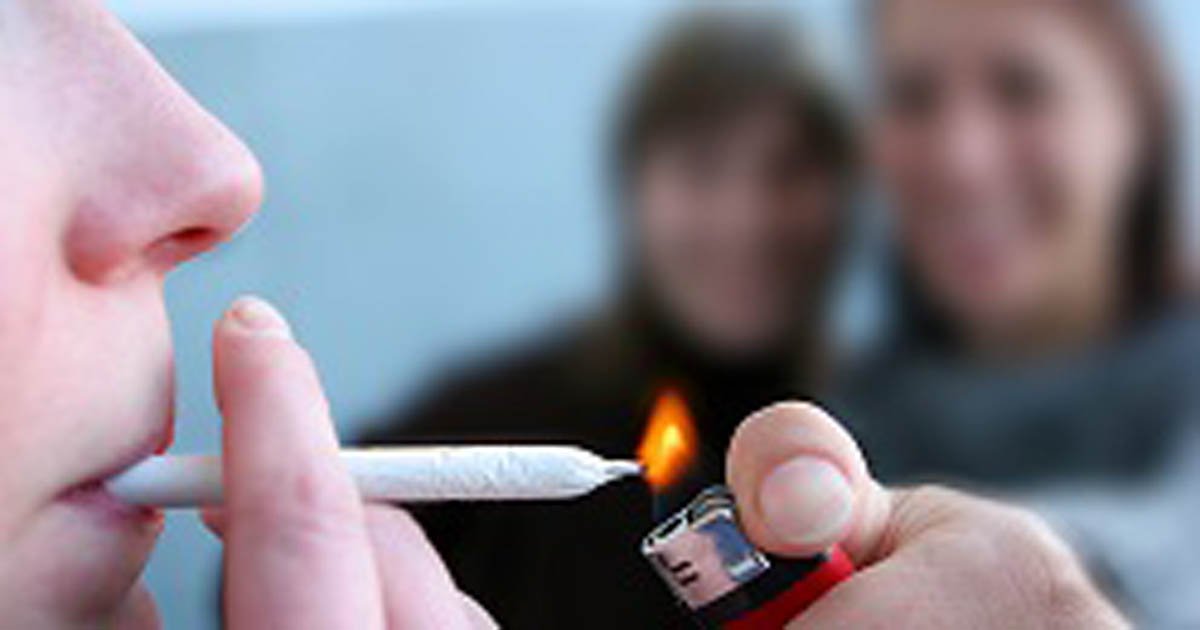Key takeaways:
- Cannabis use decreased during the pandemic in a state without retail access.
- There was little change in cannabis use during the pandemic in a state with retail access.
NEW YORK — A state with retail access to cannabis reported no decline in use during the COVID-19 pandemic compared with a state having no retail access, according to research presented at the American Psychiatric Association annual meeting.
“A lot of folks said substance use increased during the pandemic, and we’re seeing the ramifications of that in our population. We wanted to see if that was an overall trend in the U.S. or something we’re just seeing in our practice,” Brody Montoya, DO, a resident at Cape Fear Valley Health in Fayetteville, North Carolina, told Healio.
Researchers concluded that retail access may affect the prevalence of cannabis use. Image: Adobe Stock
“In North Carolina we don’t have legal or retail access to cannabis, so as we go through that process of change, we’re collecting data from our population,” he said.

Brody Montoya
According to Montoya, he and his colleagues selected Washington and New York states for analysis because their demographic data — including economics, race, health, health care, education, religion and politics — were similar to each other.
“They had very similar responses to the pandemic as far as the government, but very different access to legal cannabis,” he said.
Cannabis became available through retail stores in 2014 in Washington and not until 2022 in New York, Montoya noted.
The researchers analyzed 75,606 responses to the New York and Washington Behavioral Risk Factor Surveillance System from 2019 (pre-pandemic) and 2021 (pandemic) to compare levels of cannabis use. Median age range of respondents was 45 years to 54 years, according to the study.
Prevalence of cannabis use in the past 30 days was 8.2% for New York and 14.8% for Washington in 2019, with a decrease of 5.1% and 0.7% in 2021, respectively.
Seventy-three percent of New York cannabis users and 63.3% of Washington users listed smoking as their primary method of use in 2019, with a decrease in 2021 of 1.9% and 4.5%, respectively.
“This reinforces the current literature that retail access does have some effect on use, but we do see some differences here,” Montoya said. “A big finding was that neither of these states actually increased.
“There was a lot of anecdotal evidence that cannabis use increased,” he continued. “A lot of subgroup data said cannabis use increased, but looking at full states, there was no increase, so that was interesting. We don’t know how to reconcile that with the subgroup data.”
According to the study, “these differences might suggest that illicit cannabis markets experienced greater disruption during the pandemic than legal ones, which further limited access and decreased cannabis use. Additionally those who purchased cannabis from illicit markets may have had fewer product choices than those who purchased from retailers comparatively limiting their ability to transition from smoking to different methods of cannabis use.”
Montoya said that when cannabis users have a choice, they will consider their pulmonary health and switch to noncombustible products, providing further evidence of the need for harm-reduction approaches.
“It looks like during a significant universal period of stress Washington had no increase in cannabis use while New York had a decline, and we think the retail access has quite a bit to do with it,” he said.
